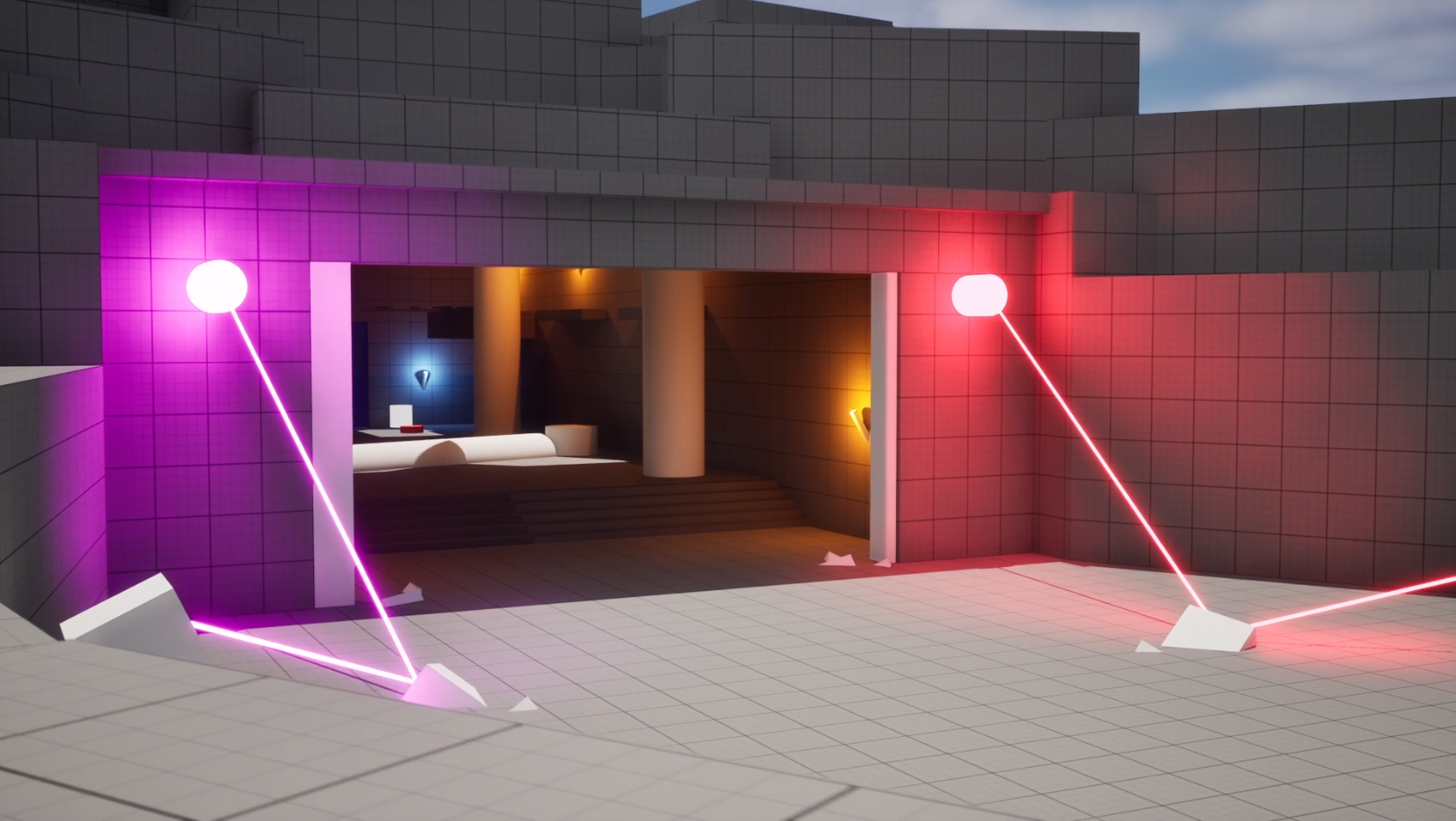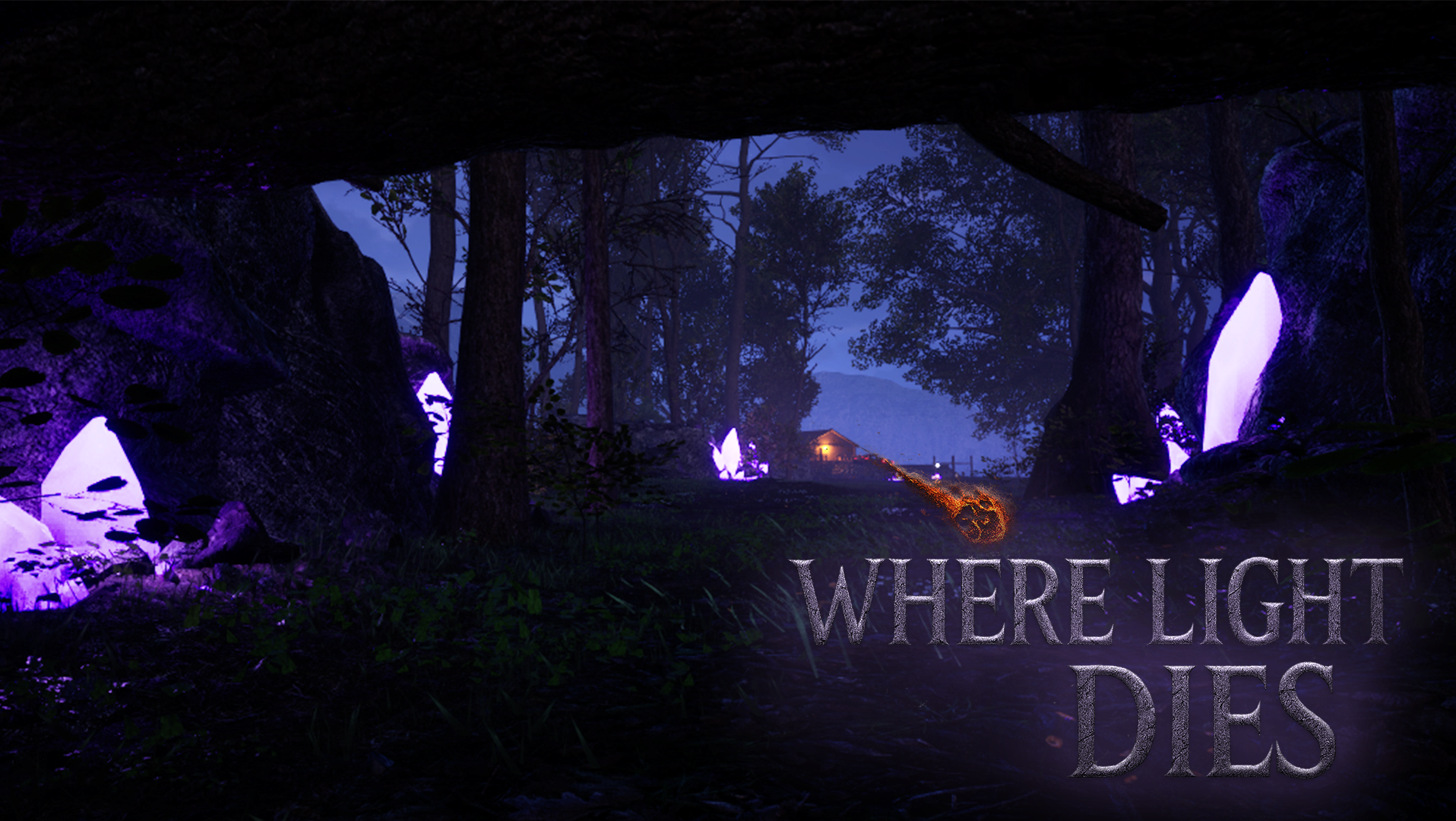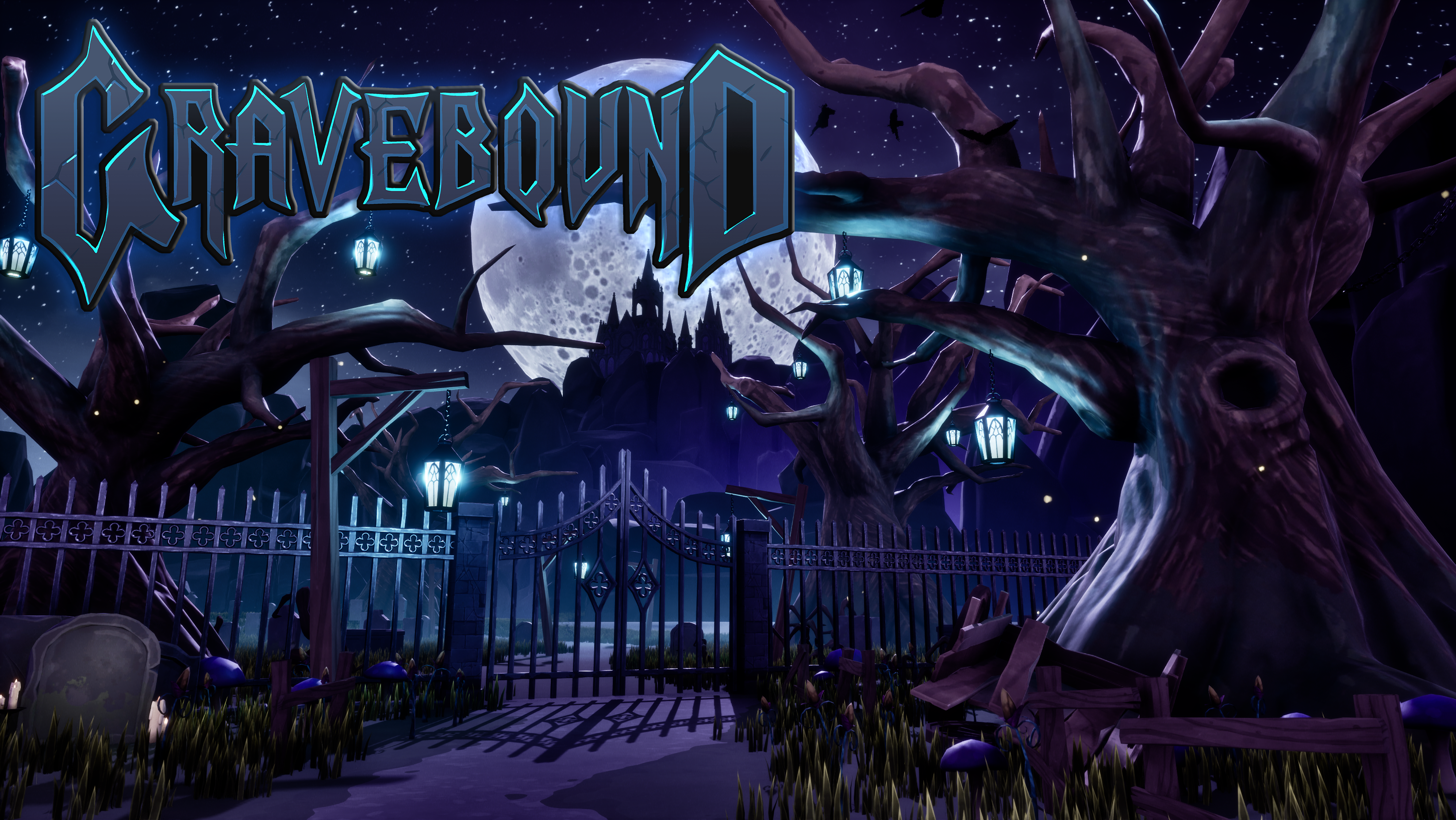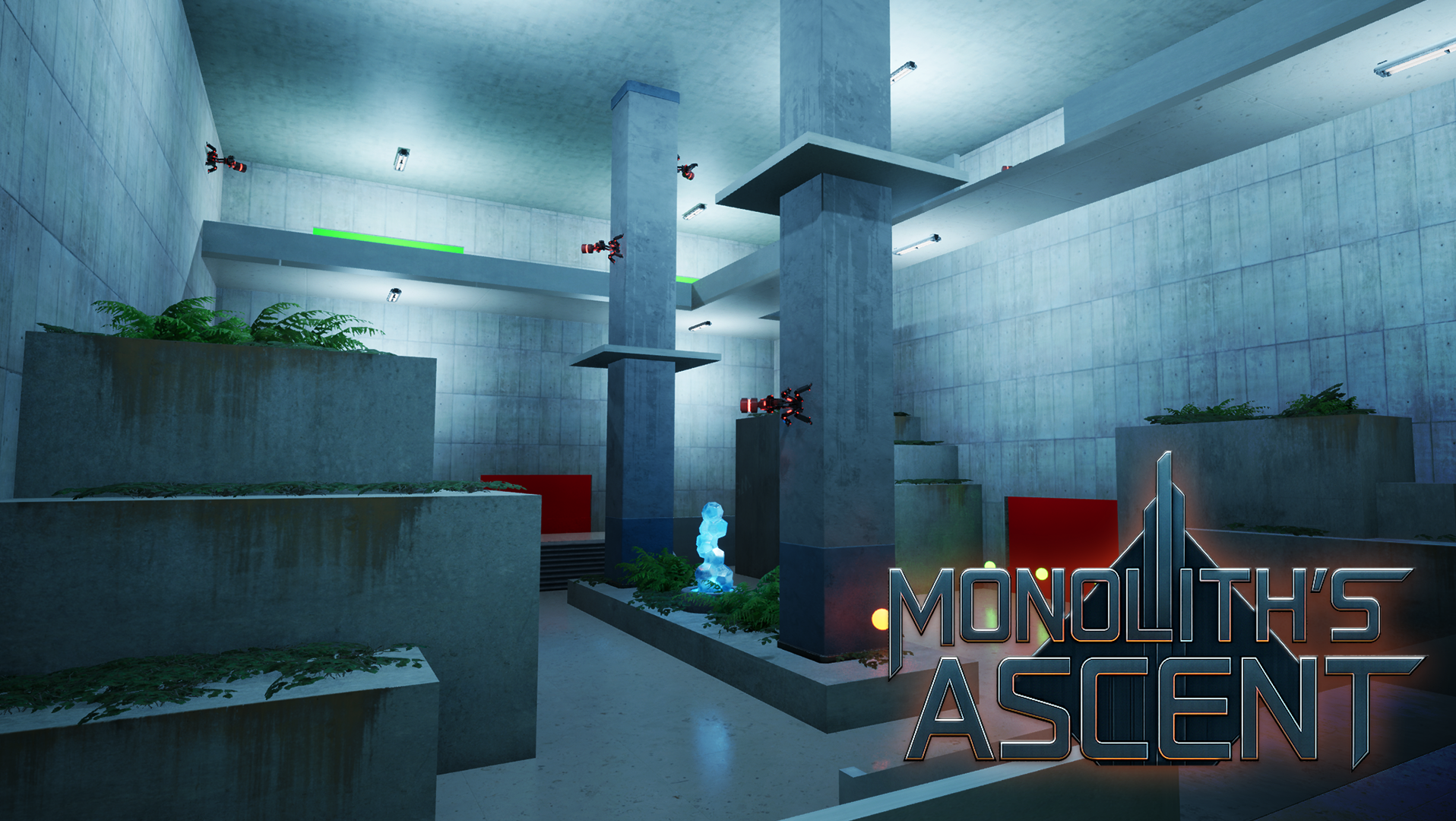CURRENT FEATURES
- Extremely smooth, source engine-inspired movement and game feel
- A detailed, expansive skill tree with 120 unique nodes
- Support for many playstyles and builds
- 6 enemy types that have random traits and unique behaviors
- 5 stages with unique challenges and combat encounters
- 3 difficulties balanced to provide more/less of a challenge in unique ways
- Match-based upgrade cards that enhance the player's stats as a match progresses
- Player experience, leveling, and currency system
- 4 sorceries to upgrade and master
- A shop where players can invest in numerous cosmetics and sorceries
- Support for custom music and keybinds!
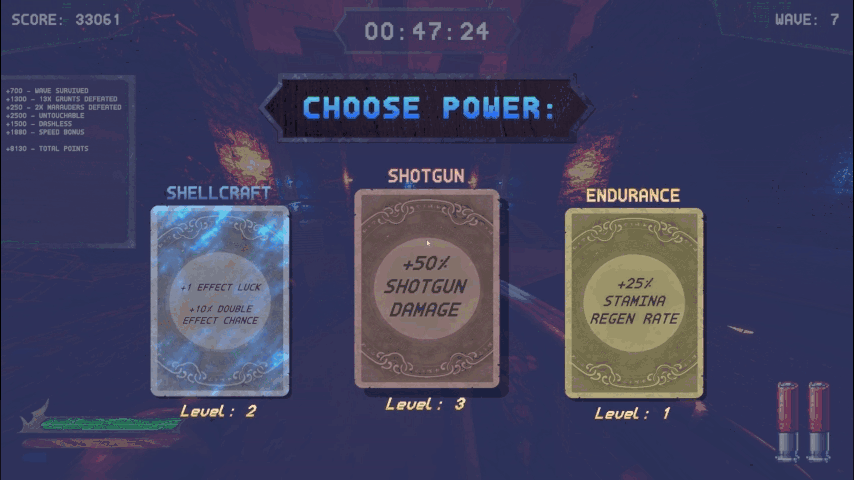
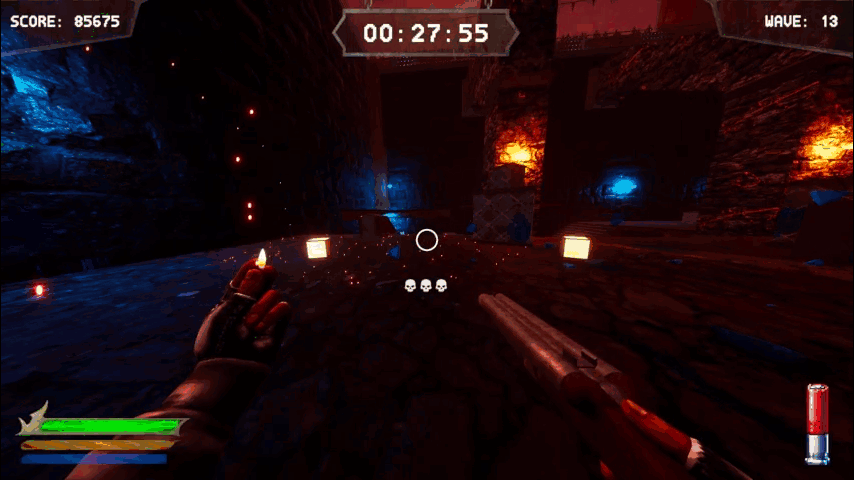
PLAYER POWER PROGRESSION
In Shotguns and Sorcery, there are two primary systems in place to ensure the player's path to power is engaging, rewarding, and inevitable: Sorceries and the Ascension Tree.
SORCERIES - EXPANDING THE PLAYER'S ARSENAL
- 4 unique sorceries: Aethergrip, Pyroclast, Frostbind, Shellcraft
- 4-tier upgrade system per sorcery, unlocking new effects and abilities
- Varied interactions between sorceries (freeze + fire = massive damage)
- Unlock new sorceries by leveling; more powerful/complex sorceries are earned at higher levels
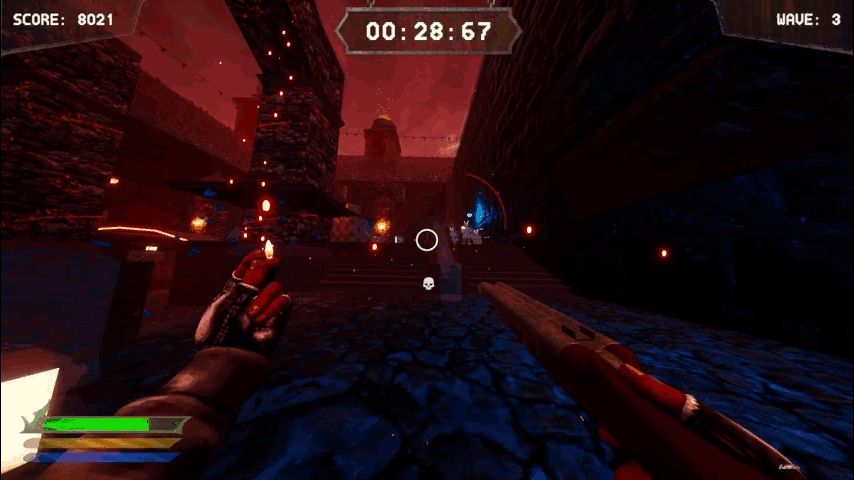
Pyroclast Sorcery
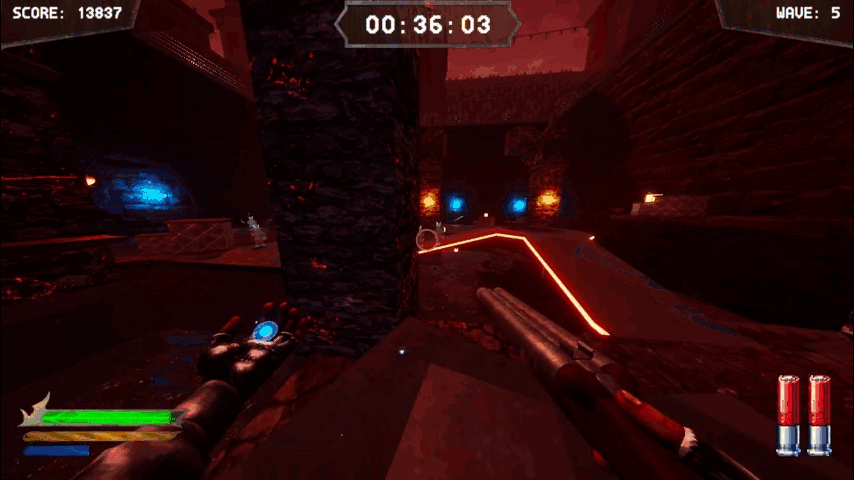
Frostbind Sorcery
ASCENSION TREE - CHARACTER BUILDING
- 120 unique nodes across Player Skills, Weapon Skills, and Sorcery Skills
- Multiple branches that support diverse playstyles and in-depth build-crafting (survivability, damage, magic efficiency)
- Skill points are earned through leveling, enabling long-term character progression
- Designed to gradually increase player power, letting harder challenges become more accessible
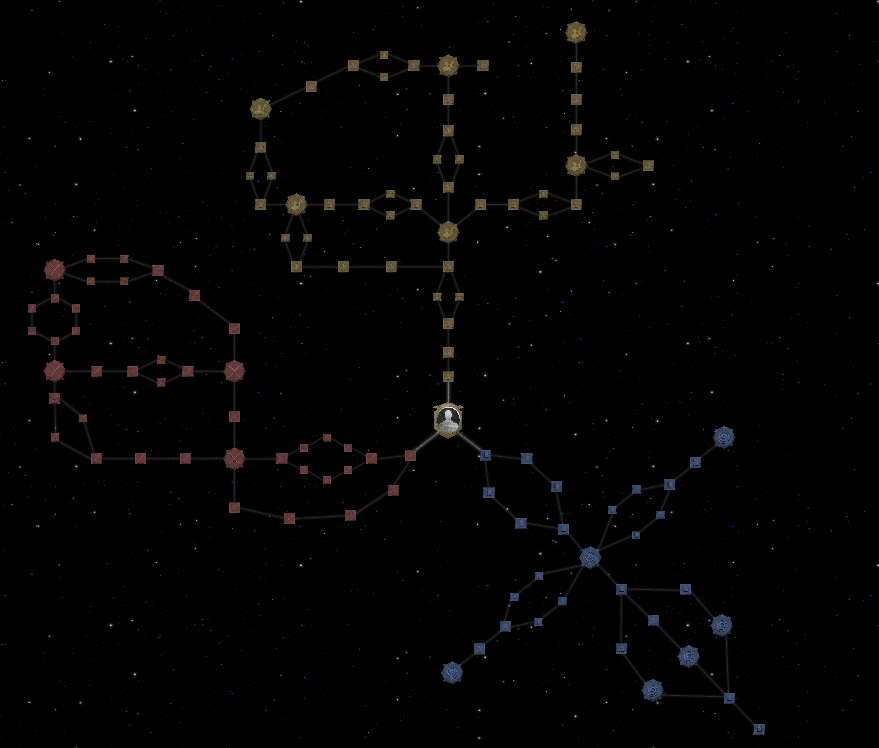
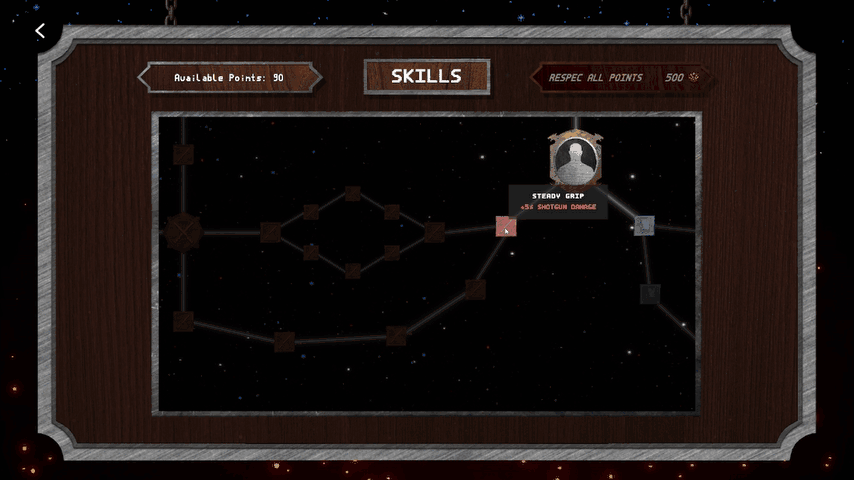
SPENDING HARD-EARNED CURRENCY
"Soulshards" currency is earned through leveling up and through normal gameplay. This currency can currently be used to purchase:
- 6 cosmetic skins, purchasable through the shop
- 12 unique Sorcery upgrades, purchasable through the shop
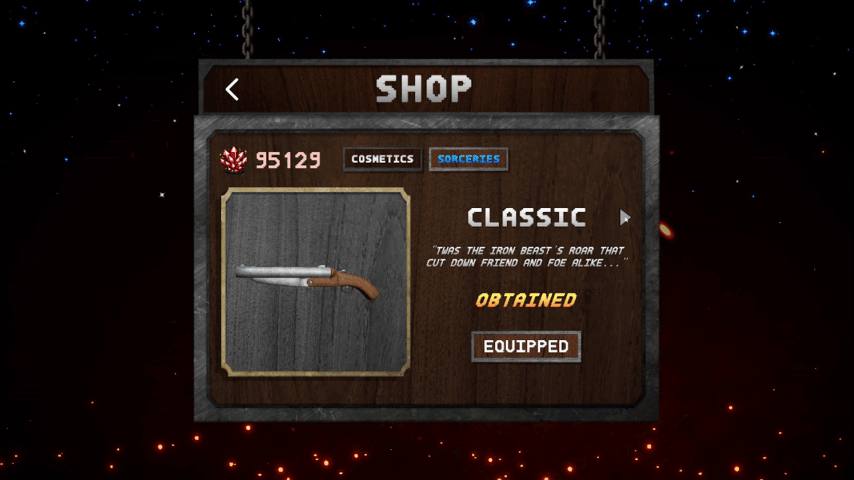
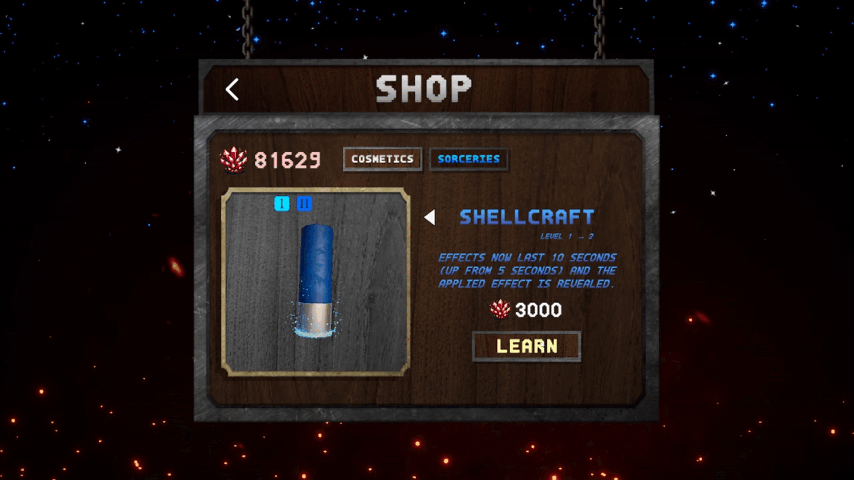
DIFFICULTY, BALANCING, AND REWARDS
3 modes with unique gameplay changes:
Mercyborn: Casual experience that allows core game progression
Bloodbound: Standard challenge with exclusive cosmetic rewards
Deathmarked: Redesigned level layouts and atmospheres, enhanced enemy AI, unlocked after Bloodbound completion, and offers unique cosmetic rewards
Mercyborn (Easy)
- Slightly fewer enemies
- Earn 0.75x points
- Enemies have 10% less health and do 10% less damage
- Disabled high-tier enemy spawns
- Enemies shoot 25% slower
- Enemy projectiles move 25% slower
- Accolades are worth 25% less
- Enemy movement is more predictable, and accuracy is lower
Deathmarked (Hard)
- Altered level layouts and environments
- Faster enemy spawning and progression
- Earn 1.5x points
- Enemies have 20% more health and do 20% more damage
- Disabled lowest-tier enemy spawns
- Multikills end 20% faster
- Accolades are worth 50% more
- Enemy movement is more unpredictable, and they are more accurate
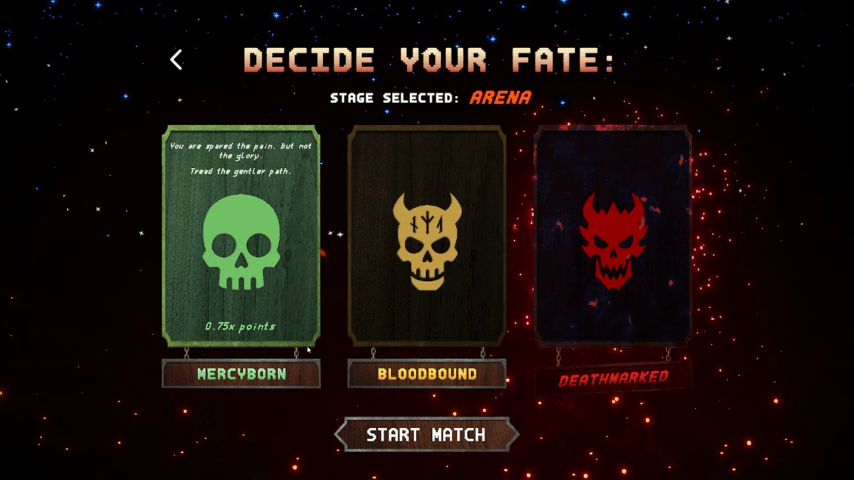
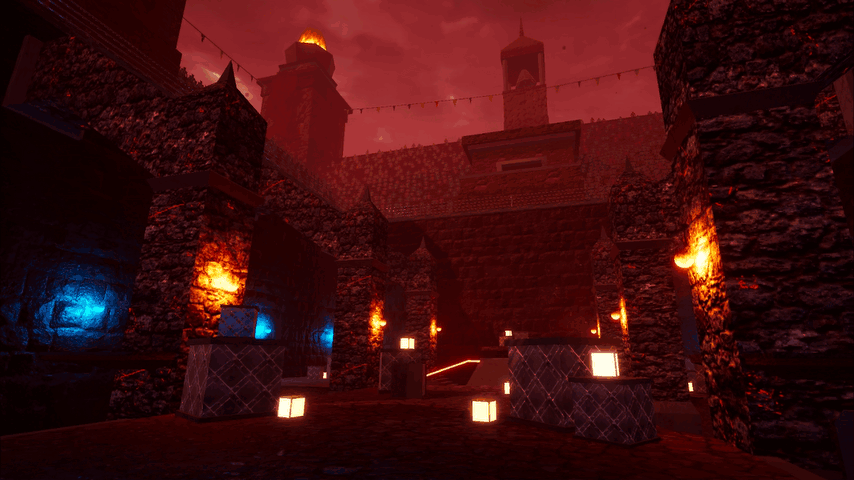
TECHNICAL SYSTEMS
- Encrypted JSON file-based save system with corruption protection and multiple backup layers
- Modular enemy AI with easily-adjustable difficulty and behavior parameters
- Custom skill tree framework and scripts with minimal setup for node creation
- Asynchronous loading manager with object pooling and performance optimizations
- Shop system that supports adding and removing items easily, with support for tiered purchases

Example of enemy behavior: flanking and enemies spreading out

Save Data Class, variables for all storing all important player data

Save System
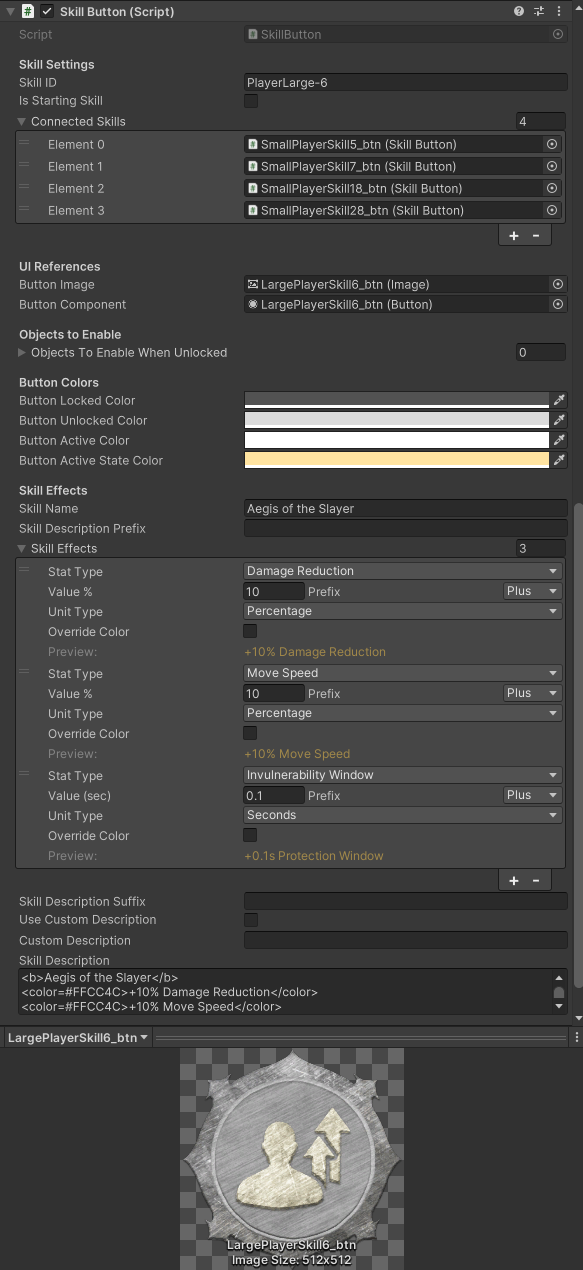
Skill Button Inspector Editor
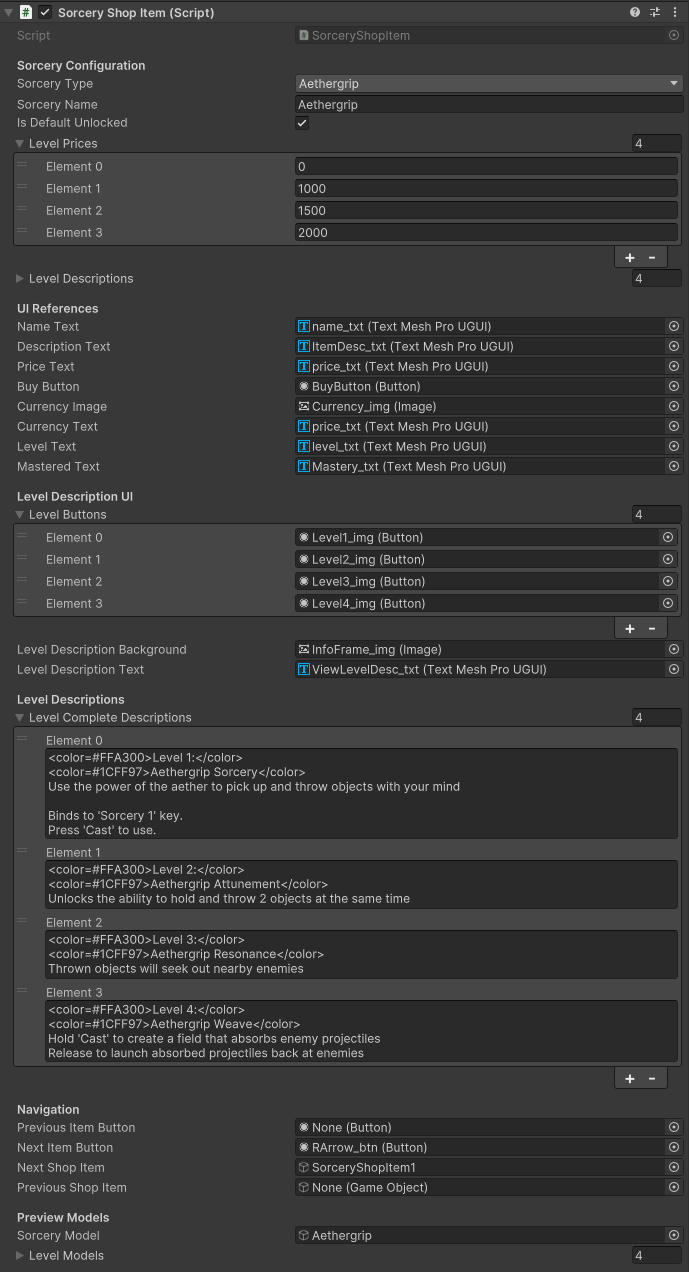
Sorcery Shop Item Inspector Editor
DESIGN CHALLENGES AND SOLUTIONS
Player Retention: Initial playtests showed players quitting after one hour due to limited progression goals. Implemented expansive 120-node skill tree, difficulty-exclusive rewards, and additional sorceries, extending average playtime to 6+ hours with clear short and long-term objectives.
Build Diversity: Early feedback revealed over 80% of players used near-identical strategies, leading to stale gameplay and limiting replayability. To combat this, I implemented several systems like sorcery combos, a diverse skill tree, and balanced upgrade card values to support multiple viable playstyles and encourage experimentation. This resulted in significantly more varied gameplay, with almost all players displaying different goals and strategies, promoting player experimentation and long-term engagement with the game.
Difficulty Balancing: Hard difficulty initially felt punishing rather than rewarding, discouraging player engagement despite its advantages. Through iterative playtesting and data analysis, I managed to refine the difficulty scaling to create challenging but fair experiences that respected player time investment and account progression.
SELF REFLECTION
From this project, I built comprehensive game systems from scratch, including AI, persistent progression, economy, UI/UX, and performance optimization. I also gained extensive experience in asset creation and animation pipelines, as well as blend spaces and state machines. Ultimately, I've gained incredibly valuable experience in designing and developing a deep, engaging experience through iterative design, setting up short-term and long-term player goals, and building a maintainable codebase.
PLAYER FEEDBACK AND PLAYTESTING
Shotguns & Sorcery is a small yet ambitious project that is constantly playtested, balanced, and evolving based on player feedback. A group of 15-20 players with varying playstyles, skills, and goals continues to test the game and has been crucial to its ongoing improvement.

